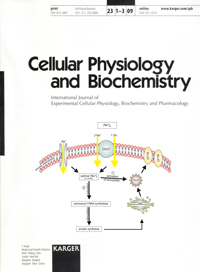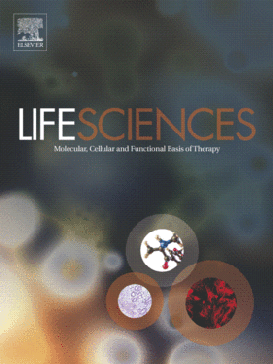
“Cannabinoid receptors are fundamentally involved in all aspects of intestinal physiology, such as motility, secretion, and epithelial barrier function. They are part of a broader entity, the so-called endocannabinoid system which also includes their endocannabinoid ligands and the ligands’ synthesizing/degrading enzymes.
The system has a strong impact on the pathophysiology of the gastrointestinal tract and is believed to maintain homeostasis in the gut by controlling hypercontractility and by promoting regeneration after injury.
For instance, genetic knockout of cannabinoid receptor 1 leads to inflammation and cancer of the intestines. Derivatives of Δ9-tetrahydrocannabinol, such as nabilone and dronabinol, activate cannabinoid receptors and have been introduced into the clinic to treat chemotherapy-induced emesis and loss of appetite; however, they may cause many psychotropic side effects.
New drugs that interfere with endocannabinoid degradation to raise endocannabinoid levels circumvent this obstacle and could be used in the future to treat emesis, intestinal inflammation, and functional disorders associated with visceral hyperalgesia.”






